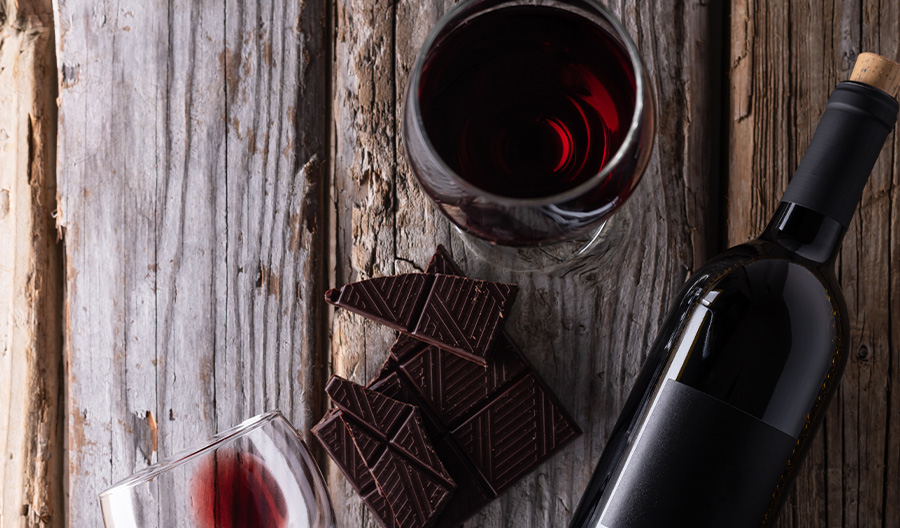Technically, sweet wine is wine that has the presence of residual sugar in it. The word “sweet” is often misused in wine-related contexts, as many consumers tend to describe ripe or fruit-driven wines as sweet, although technically they’re dry. Sweet wines must have some form of detectable residual sugar present to be correctly deemed as such.
Sweet wines are produced all over the world and in nearly every wine-producing region. Some of the more popular regions for sweet wine include Asti in Piedmont, Italy; Germany; Jerez in southern Spain; the Languedoc and Roussillon areas in the South of France; the Portugese regions of the Douro Valley and Madeira; Rutherglen in Australia; Sauternes in Bordeaux, France; and Tokaj in Hungary.
Sweet wine is vinified using a variety of vinification techniques, and many of these are dependent on the style of sweet wine being made and the region of the world in which the wine is being produced.

These are some of the main ways in which wines obtain their sweetness.
Botrytized: Otherwise known as “noble rot,” botrytis causes grapes to become dehydrated and lose their water content, which in turn causes the juice’s sugars to concentrate. Think of these grapes more like raisins than actual berries. As the water level in the fruit goes down, the sugars become more concentrated.
Fortified: This complex style of winemaking creates the most powerful sweet wines of them all. Popular in the Douro Valley and Madeira regions of Portugal and the South of France (in Vin Doux Naturel, or VDN, production), this style of winemaking calls for the fortification of still wine, meaning that a neutral distillate, usually brandy, is added. This powerful alcohol addition forces fermentation to stop, leaves residual sugar in the wine and bumps up the final ABV to around 20%.
Ice: This intense style of sweet winemaking involves harvesting fruit at subzero temperatures, which causes the water inside of the fruit to freeze. The high-sugar juice is carefully extracted from the fruit without the water or ice, causing it to be extremely sweet. Note that fruit destined for ice wine production is not affected by botrytis.
Straw: This old-school style of sweet winemaking is used in Greece, Tuscany, Veneto and beyond and involves allowing fruit to dry out in the sun. Post-harvest, grape bunches are placed on straw mats and allowed to dehydrate in the heat. This causes the clusters to raisin and therefore allow the sugars to concentrate.
Much of the wines’ final flavor profile is dependent on the grapes and styles used to create them. For example, light-bodied sweet wines, such as Moscato d’Asti, are frothy, fizzy and loaded with flavors of honey and stone fruit, whereas unctuous, fortified Pedro Ximénez sherries from southern Spain are often thick, molasses-like and loaded with flavors of dried fruits and roasted nuts.
A good indicator of a sweet wine’s texture can be found in its ABV content. One with lower levels of alcohol will generally be lighter on the palate, whereas fortified wines with an ABV of 15% or higher will tend to be heavier and more palate-coating. In terms of fruit flavors, think about the grapes being used and how they taste in dry wines. Love the tart petrol-driven notes found in dry riesling? Then a sweet riesling, often denoted as beerenauslese or trockenbeerenauslese, may be right up your alley. Prefer the dry dark-fruited wines of the Douro? Then port may be a better pick for you.
A general rule of thumb when pairing desserts with sweet wine is that the wine should always be sweeter than the food. For fruit-heavy pies and tartlets, grab a bottle of moscato or botrytized chenin blanc. Pair chocolate-laden desserts with port or Madeira. For a savory-sweet pairing that promises to blow your mind, splurge on a half bottle of Sauternes and enjoy a pour with a pungent blue cheese.

